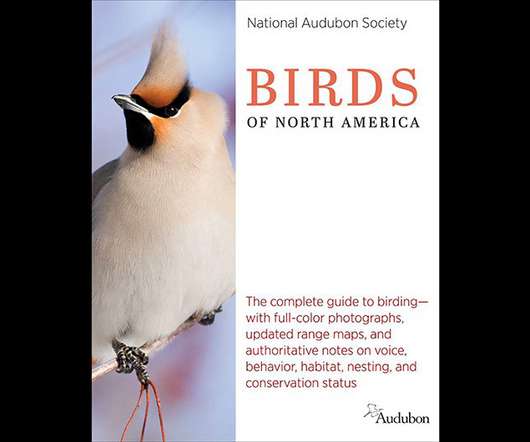What the Owl Knows: The New Science of the World’s Most Enigmatic Birds: A Book Review
10,000 Birds
JULY 4, 2023
I’ve observed nesting owls, fledgling owlets, owls eating small rodents, owls coughing up their pellets, a Great Horned Owl silently flying over me, a Great Gray Owl sitting regally still on a post as a boy walks up to him, a pair of Barking Owls duetting in early evening hours outside my northern Australian hut as I brushed my teeth.












Let's personalize your content